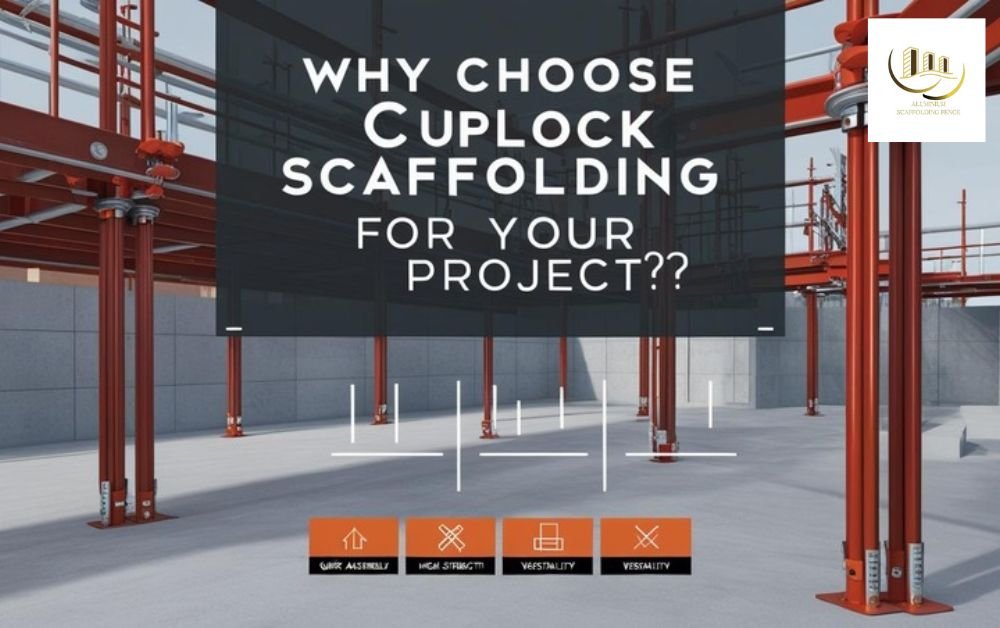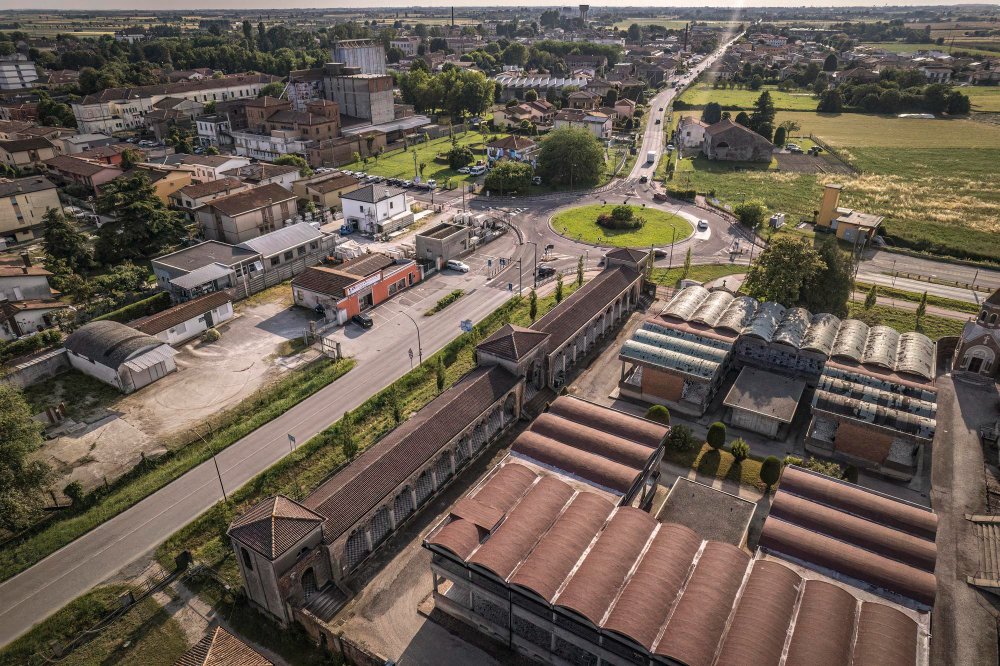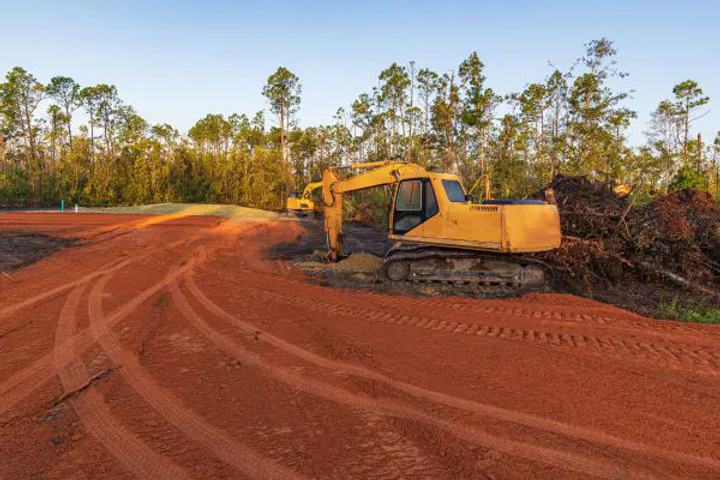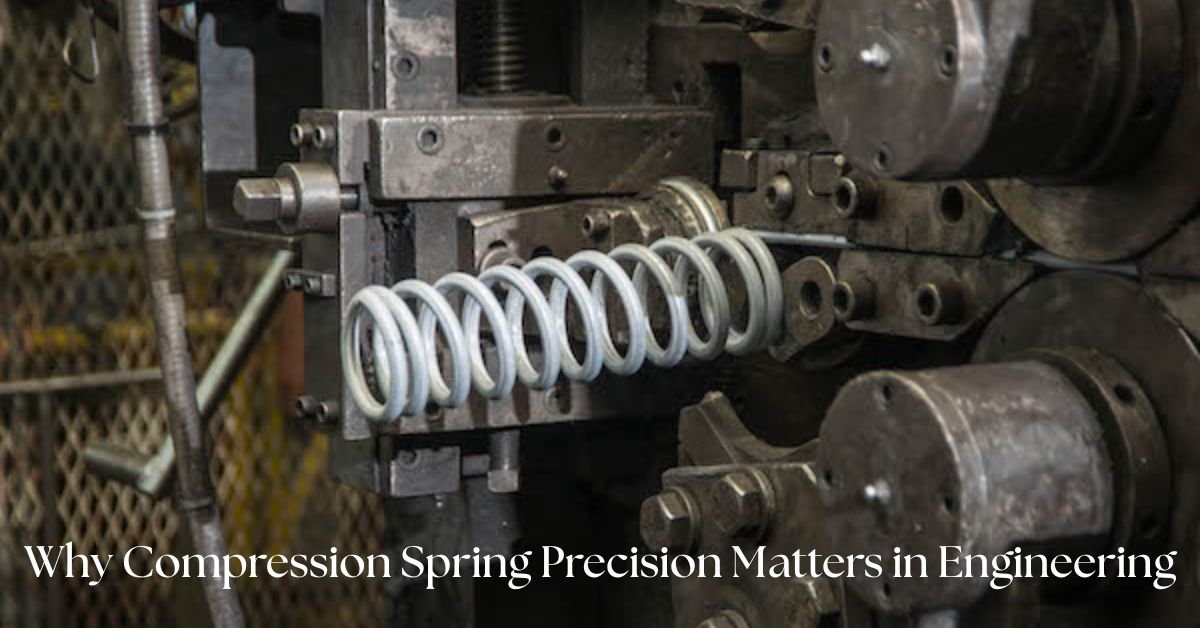Scaffolding plays a crucial role in ensuring the safety and efficiency of construction and maintenance work. Among the different types of scaffolding systems available, Cuplock scaffolding stands out for its unique locking mechanism, high load capacity, and quick assembly. Whether you are undertaking residential construction, commercial renovations, or industrial repairs, Cuplock scaffolding can significantly enhance the pace and safety of your project.
This article explores the core features of Cuplock scaffolding, its advantages over traditional systems, and why it is a preferred choice among contractors and engineers across the globe.
Note: Aluminium Scaffolding Fence had led the industry in delivering Cuplock Scaffolding in Dubai, providing safe, load-bearing solutions for commercial and industrial builds. Their galvanized steel systems had met all safety standards. Reach out to Aluminium Scaffolding Fence now for trusted scaffolding solutions.
Understanding the Cuplock Scaffolding System
Cuplock scaffolding is a modular system developed to simplify and speed up scaffolding assembly. It uses a unique node-point locking method where four horizontal members can be connected to a vertical member in a single action using a locking cup mechanism. This method eliminates the need for loose fittings or bolts, reducing the risk of errors during assembly and enhancing structural integrity.
This system is composed primarily of vertical standards, horizontal ledgers, and diagonal braces. The locking cups are welded at fixed intervals on the standards, allowing secure and quick connection with the ledgers. This design makes Cuplock scaffolding extremely efficient for large and repetitive scaffolding requirements.
Advantages of Using Cuplock Scaffolding
Contractors and engineers opt for Cuplock scaffolding for a range of compelling reasons. The benefits it offers not only ensure safe operations but also contribute to overall project efficiency and cost-effectiveness.
Fast Assembly and Dismantling
One of the most significant benefits of Cuplock scaffolding is its quick assembly and dismantling process. The node-point connection system allows for four horizontal components to be connected simultaneously with a single locking action. This drastically reduces the time required for setup compared to conventional scaffolding systems that rely on clamps, bolts, and nuts.
Because of its simplified erection process, labor hours are reduced, enabling project managers to stick to tight schedules without compromising safety or stability.
Enhanced Safety and Stability

Safety is a top priority on any construction site. Cuplock scaffolding is designed to provide a highly stable platform for workers and materials. The rigid node-point connection system reduces the possibility of movement and wobbling, ensuring structural integrity even under heavy loads.
In addition, Cuplock systems are built from high-strength galvanized steel, which offers resistance to corrosion and wear over time. This ensures not only safety but also long-term durability, making it suitable for use in various environments, including offshore, industrial, and high-rise projects.
Versatility Across Project Types
Another reason why Cuplock scaffolding is so widely adopted is its versatility. The system can be adapted to suit a wide variety of structures and project types, including:
- Residential building construction
- Commercial complexes
- Industrial maintenance and shutdowns
- Infrastructure development such as bridges, flyovers, and tunnels
- Events and exhibitions requiring temporary platforms or stages
The modular design enables engineers to easily configure the scaffolding system to suit the specific dimensions and requirements of the job site.
High Load Bearing Capacity
Cuplock scaffolding systems are engineered for strength. The welded cups and thick steel sections give the system an impressive load-bearing capacity. This makes it suitable for supporting heavy tools, construction materials, and multiple workers simultaneously.
Its strength and rigidity also make it ideal for formwork and shoring applications, where high loads and pressure resistance are required.
Minimal Maintenance Requirements
Unlike traditional scaffolding systems that require regular tightening, adjustments, and part replacements, Cuplock scaffolding is designed for minimal maintenance. The galvanization of the steel components provides excellent resistance to rust, while the elimination of bolts and nuts means there are fewer parts to check or replace.
This low-maintenance characteristic is especially advantageous for long-term projects or for firms managing multiple sites simultaneously.
Cost Efficiency Over Time
Although the initial investment in Cuplock scaffolding may be higher than in some conventional systems, it offers substantial long-term cost benefits. The quick assembly and dismantling reduce labor costs, while the durability of the components lowers the frequency of replacement and maintenance expenses.
Furthermore, Cuplock components can be reused across different projects and configurations, which adds to their return on investment.
Better Material Management on Site
Another often-overlooked advantage of Cuplock scaffolding is its contribution to better on-site organization. The uniformity and standardization of components allow for easy transportation, storage, and handling. Unlike traditional systems that involve a large number of small fittings and connectors, Cuplock components are larger, standardized, and less likely to be misplaced.
This leads to a more organized job site, where material management becomes simpler and less time-consuming.
Compliance with International Safety Standards
Cuplock scaffolding systems are generally manufactured in compliance with global safety standards and codes such as BS EN 12810/12811, OSHA, and ANSI. This compliance ensures that the system has been tested for load capacity, design, and material integrity, offering peace of mind to project stakeholders.
For companies that operate internationally or manage high-profile developments, this compliance ensures project approval by regulatory bodies and enhances the company’s professional reputation.
Environmentally Friendly Choice
With increasing awareness of sustainable practices in construction, Cuplock scaffolding is emerging as a more environmentally responsible choice. The system’s long lifespan, reusability, and minimal waste generation contribute to its low environmental footprint.
Moreover, steel used in Cuplock scaffolding is often recyclable, supporting the global push for sustainable development and resource conservation.
Applications in Specialized Environments
Cuplock scaffolding is not only for standard construction projects but also highly effective in specialized environments. In industrial settings such as oil refineries, chemical plants, and shipyards, Cuplock scaffolding is frequently used due to its durability and adaptability.
Even in challenging environments like offshore platforms or high-altitude infrastructure development, the system has proven its reliability, giving engineers the flexibility and strength required to tackle complex tasks.
Training and Standardization
Due to its widespread use and standardized components, Cuplock scaffolding requires less time to train staff. Workers can quickly learn how to assemble and dismantle the system efficiently and safely. This ease of training also reduces the risk of improper installations, contributing to workplace safety and operational efficiency.
Training programs are also widely available from suppliers and construction training centers, ensuring workers remain up-to-date with best practices.
Choosing a Cuplock Scaffolding Supplier
Selecting the right supplier is critical to reaping all the benefits of Cuplock scaffolding. A reliable supplier will provide:
- Certified and tested components
- Technical support and design consultation
- On-time delivery and adequate inventory
- Competitive pricing and transparent service agreements
- Optional installation, inspection, and dismantling services
Look for suppliers with a strong track record, customer references, and experience in handling projects similar to yours.
Conclusion
Cuplock scaffolding has become a benchmark in the scaffolding industry for its superior performance, adaptability, and safety features. Whether you are managing a high-rise construction site, a commercial renovation, or an industrial maintenance operation, Cuplock scaffolding provides a robust, efficient, and cost-effective solution.
Its quick assembly process, high load capacity, minimal maintenance needs, and compatibility with global safety standards make it an essential tool for modern construction projects. Choosing Cuplock scaffolding for your project is not just a smart engineering decision—it’s an investment in efficiency, safety, and long-term value.
When planning your next project, consider partnering with a trusted scaffolding supplier who can provide high-quality Cuplock systems and expert support, helping you achieve your goals on time and within budget.
For more insightful articles related to this topic, feel free to visit techners.net












Leave a Reply